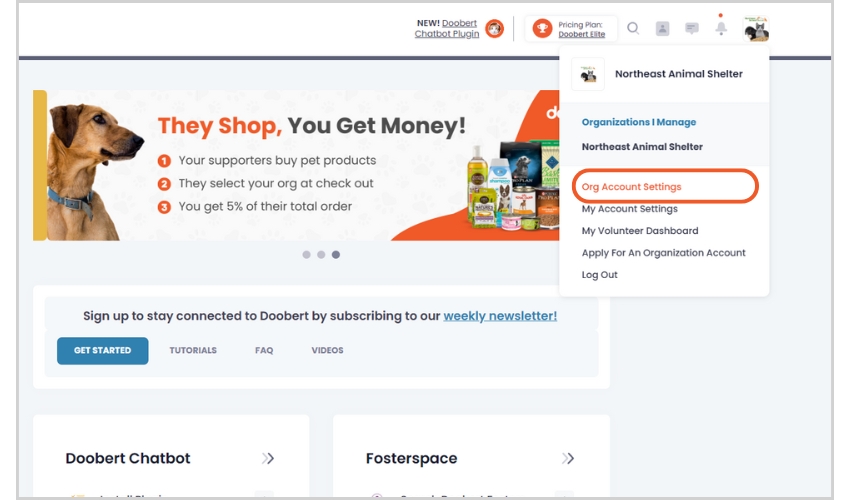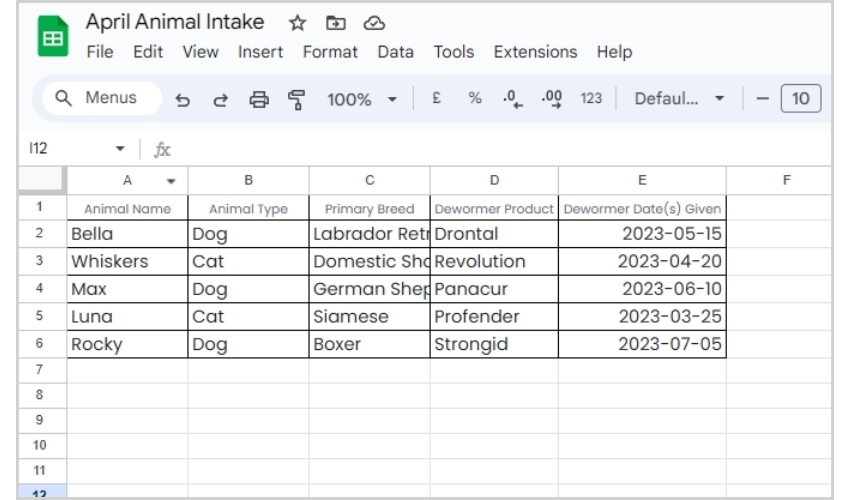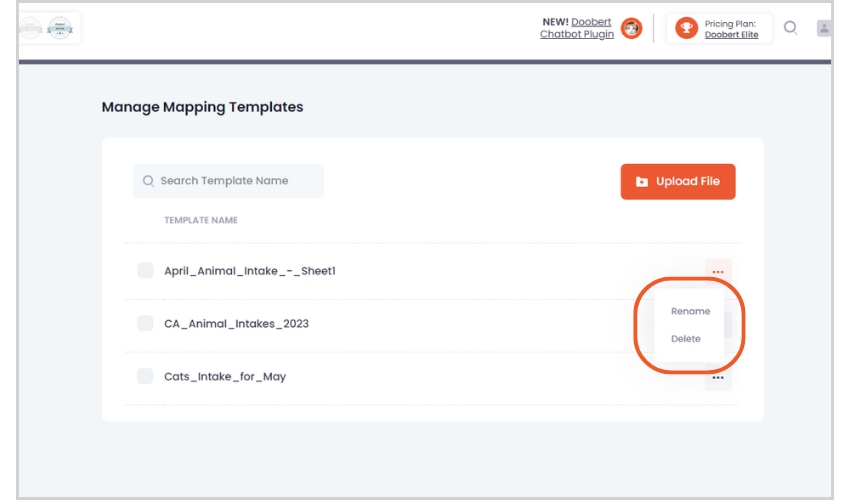In the fast-paced world of animal rescue, efficiency and organization are key to making a meaningful impact. As passionate advocates for animal welfare, we understand the importance of streamlining processes to focus more time and resources on helping animals in need.
That’s why we’re thrilled to introduce a powerful new feature on Doobert: Template Mapping for Animal Profiles. This innovative tool empowers organizations to seamlessly map and import animal profile data, saving valuable time and ensuring accuracy in managing rescue missions.
In this guide, we’ll walk you through the steps to utilize this feature effectively, revolutionizing the way you manage animal profiles and contribute to the rescue effort.
Step 1: Log into your Doobert organization account
To begin, navigate to the Doobert website and log in to your organization account using your credentials. Once logged in, proceed to the next step.

Step 2: Access organization account settings
In the upper right-hand corner of the screen, click on your profile picture to access the dropdown menu. From the menu options, select “Organization Settings” to enter your organization’s account settings.

Step 3: Navigate to the “Manage Mapping Templates” feature
Within the organization account settings, locate the “Import Animal Profiles” section. Click on the new feature titled “Manage Mapping Templates” to proceed with template mapping.

Step 4: Upload your file for mapping
Click the “Upload File” button and select the desired file (XLS, XLSX, or CSV) from your device. Please ensure that the file contains the necessary animal details, such as Animal Name, Animal Type, and Primary Breed, in row 1.


Step 5: Map template headers to Doobert Animal Profile fields
Once the file is uploaded, you’ll be directed to the “Map Template Headers to Doobert Animal Profile” page. Here, you’ll see all the headers extracted from your uploaded file in the left column. On the right column, select the corresponding Doobert system field for each template header.

Step 6: Review and save your mapping template
After mapping the template headers, review the mapping selections to ensure accuracy. Once satisfied, click “Save” to save the mapping template for future use in uploading and creating animal profiles.
Step 7: Manage and organize your mapping templates
You have the option to upload multiple files and create multiple mapping templates. The most recently created template will appear at the bottom of the list. Use the three-dot icon for options to rename or delete saved templates. You can also utilize the search tab to find specific templates efficiently.

With Doobert’s Template Mapping for Animal Profiles, simplifying the management of rescue missions has never been easier. By following the steps outlined in this guide, you can harness the power of technology to streamline your workflow, optimize data accuracy, and ultimately, save more lives.
Don’t let administrative tasks hold you back from making a difference—sign up for Doobert today and unlock access to this FREE feature. Together, we can transform the landscape of animal rescue and create a brighter future for animals in need.











